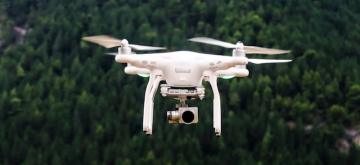Challenge
Is it financially profitable and technically feasible to produce green hydrogen with locally produced renewable energy (whether or not floating solar panels, wind turbine(s), ...), buffer it, and then convert it back into fuel cells for (emergency) power supply to local pumping plants? That is the question for the Flemish Environment Agency (VMM) in this project.
In other words, can green hydrogen be used as an (emergency) power supply to power critical artworks with high peak energy consumption?
Currently, diesel generators are provided as an emergency power supply for the pumping stations under the management of VMM. This solution is not sustainable. By switching to a greener system that can provide the necessary power at critical times, VMM could reduce its CO2 emissions.
VMM wishes to answer this question initially by commissioning a thorough feasibility study. Once feasibility is demonstrated, VMM will proceed to implementation and validation.
VMM is putting forward De Rode Weel pumping station in Antwerp as a pilot or test setting. Because of, among other things, its location in the port, available space and high energy consumption, De Rode Weel has the greatest potential and the site can serve as an example for other critical installations of VMM or critical 'works of art' of other authorities equipped with an emergency power supply.



